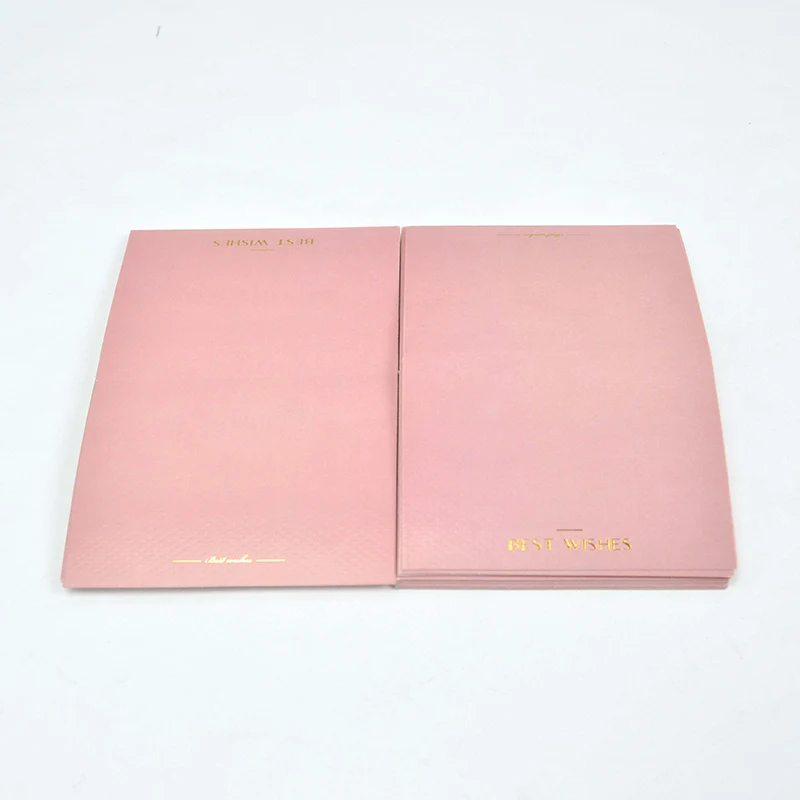The Evolution and Significance of Festival Cards
2024-07-25
Introduction
Festival cards have a long history and have evolved significantly over time. From simple handwritten notes to elaborate designs, these cards have always played an important role in celebrating festivals and conveying best wishes. In this blog, we will explore the evolution of festival cards and their significance in various cultures around the world.
The History of Festival Cards
1. Early Beginnings:
- The tradition of sending festival cards dates back to ancient times when people exchanged handwritten messages on special occasions.
- In ancient China, people exchanged messages of goodwill during the New Year, while in Egypt, papyrus scrolls were used to send greetings.
2. Victorian Era:
- The modern concept of festival cards began in the Victorian era. In the mid-19th century, the first commercial Christmas cards were created by Sir Henry Cole and illustrated by John Callcott Horsley.
- These cards featured festive scenes and messages of goodwill, becoming a popular way to celebrate Christmas.
3. 20th Century Innovations:
- The 20th century saw significant advancements in printing technology, leading to the mass production of festival cards. This made them more accessible to people worldwide.
- The introduction of colorful illustrations, embossed designs, and die-cut shapes added to the appeal of festival cards.

Significance of Festival Cards in Different Cultures
1. Western Culture:
- In Western countries, festival cards are an integral part of Christmas celebrations. They are exchanged among family, friends, and colleagues, spreading holiday cheer and good wishes.
- Valentine's Day, Easter, and Thanksgiving are other occasions where festival cards play a significant role.
2. Asian Culture:
- In Asian cultures, festival cards are often exchanged during major festivals such as Chinese New Year, Diwali, and Mid-Autumn Festival.
- These cards typically feature traditional symbols and motifs, and are used to convey blessings, prosperity, and happiness.
3. Middle Eastern Culture:
- In the Middle East, festival cards are commonly exchanged during Eid al-Fitr and Eid al-Adha. These cards often include religious messages and greetings of peace and goodwill.
- The cards are an important part of the celebration, helping to strengthen bonds within the community.
The Evolution of Festival Card Designs
1. Traditional Designs:
- Early festival cards often featured simple illustrations and handwritten messages. Religious symbols and scenes from nature were common motifs.
- Traditional cards focused on conveying heartfelt sentiments and best wishes.
2. Modern Designs:
- Today, festival cards come in a wide variety of designs, from classic and elegant to fun and quirky. The use of digital printing has allowed for more intricate and colorful designs.
- Personalization has become a popular trend, with many people opting for custom-made cards that reflect their unique style and preferences.
3. Eco-Friendly Trends:
- As environmental awareness grows, eco-friendly festival cards made from recycled materials and sustainable inks are becoming more popular.
- Many people are also choosing digital e-cards to reduce paper waste while still conveying their festive greetings.
The Emotional Impact of Festival Cards
1. Building Connections:
- Sending and receiving festival cards helps to build and strengthen connections with loved ones. A well-crafted card can bring joy and warmth to the recipient.
- Festival cards serve as a tangible reminder of the sender's affection and thoughtfulness.
2. Preserving Traditions:
- Festival cards help to preserve cultural traditions and customs. They are a way to pass down traditions from one generation to the next.
- These cards often become cherished keepsakes, evoking fond memories of past celebrations.
Conclusion
Festival cards have a rich history and continue to play a significant role in celebrations around the world. They have evolved from simple handwritten notes to intricate designs that reflect personal and cultural expressions. Despite the rise of digital communication, the tradition of sending festival cards endures, offering a meaningful way to connect with loved ones and celebrate special occasions. Whether you choose to send a traditional card or a modern e-card, the sentiment behind the gesture remains the same – spreading joy, love, and festive cheer.


